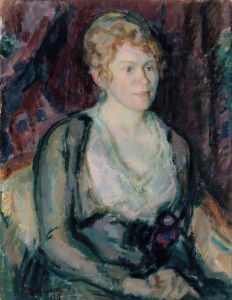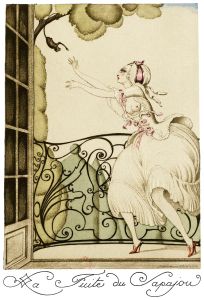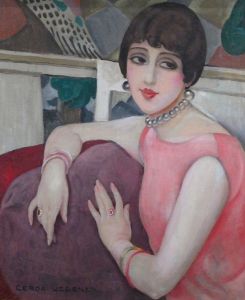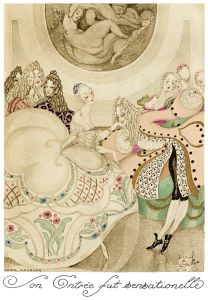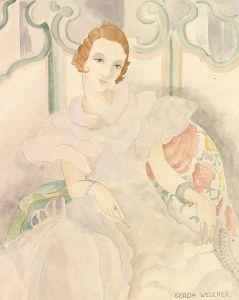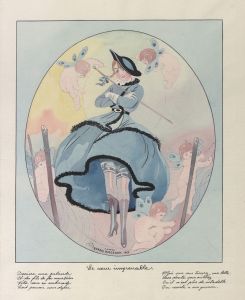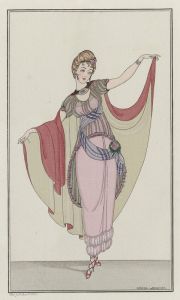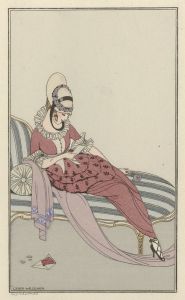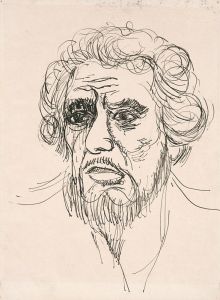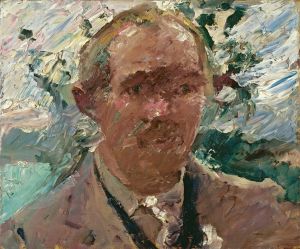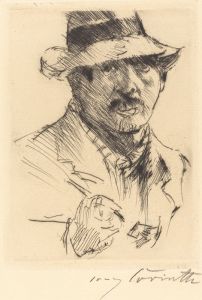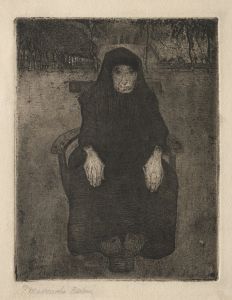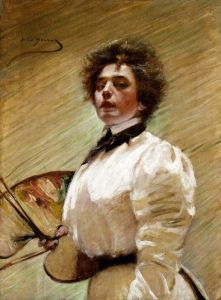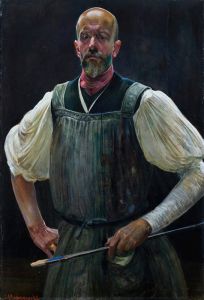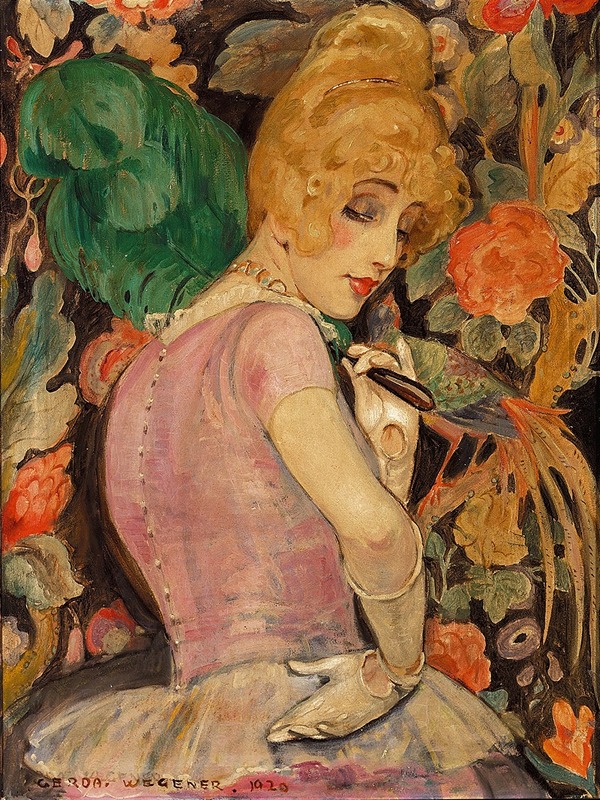
Portræt af Lili Elbe med grøn fjervifte
A hand-painted replica of Gerda Wegener’s masterpiece Portræt af Lili Elbe med grøn fjervifte, meticulously crafted by professional artists to capture the true essence of the original. Each piece is created with museum-quality canvas and rare mineral pigments, carefully painted by experienced artists with delicate brushstrokes and rich, layered colors to perfectly recreate the texture of the original artwork. Unlike machine-printed reproductions, this hand-painted version brings the painting to life, infused with the artist’s emotions and skill in every stroke. Whether for personal collection or home decoration, it instantly elevates the artistic atmosphere of any space.
"Portræt af Lili Elbe med grøn fjervifte" (Portrait of Lili Elbe with Green Feather Fan) is a painting by Danish artist Gerda Wegener, an influential figure in early 20th-century art. Gerda Wegener is best known for her Art Deco-inspired works and her portraits of Lili Elbe, one of the first known recipients of gender-affirming surgery and a significant figure in LGBTQ+ history. This particular painting is one of several portraits Wegener created of Elbe, who was both her muse and her spouse.
The artwork depicts Lili Elbe holding a green feather fan, a recurring motif in Wegener's portraits of her. The painting exemplifies Wegener's signature style, which combines elements of Art Nouveau and Art Deco, characterized by bold colors, elegant lines, and a focus on glamour and sophistication. Wegener's works often celebrated femininity and beauty, and her portraits of Elbe are notable for their sensitivity and intimacy, capturing Elbe's identity and personality during a time when such expressions were rarely acknowledged or understood.
Gerda Wegener and Lili Elbe's relationship was both personal and professional. Born Einar Wegener, Lili Elbe initially modeled for Gerda's paintings, often posing in women's clothing. These sessions not only influenced Gerda's art but also played a role in Lili's journey of self-discovery. The portraits Wegener created of Elbe are considered groundbreaking for their time, as they challenged traditional gender norms and explored themes of identity and transformation.
The exact date of "Portræt af Lili Elbe med grøn fjervifte" is not definitively documented, but it is believed to have been created during the 1920s or early 1930s, a period when Wegener was at the height of her artistic career. During this time, the couple lived in Paris, where they were part of a vibrant artistic and bohemian community. The painting reflects the cultural and artistic influences of the era, as well as the deep personal connection between the artist and her subject.
Today, Gerda Wegener's portraits of Lili Elbe are celebrated for their artistic merit and historical significance. They offer a rare glimpse into the life and identity of a transgender woman during a period when such topics were largely taboo. The paintings have gained renewed attention in recent years, particularly following the publication of Lili Elbe's posthumous memoir, "Man into Woman," and the release of the 2015 film "The Danish Girl," which dramatized the lives of Wegener and Elbe.
The current location of "Portræt af Lili Elbe med grøn fjervifte" is not widely documented, and it is unclear whether the painting is held in a public collection or remains in private hands. Gerda Wegener's works, including her portraits of Lili Elbe, are featured in several museums and exhibitions, particularly in Denmark, where her contributions to art and LGBTQ+ history are increasingly recognized.





